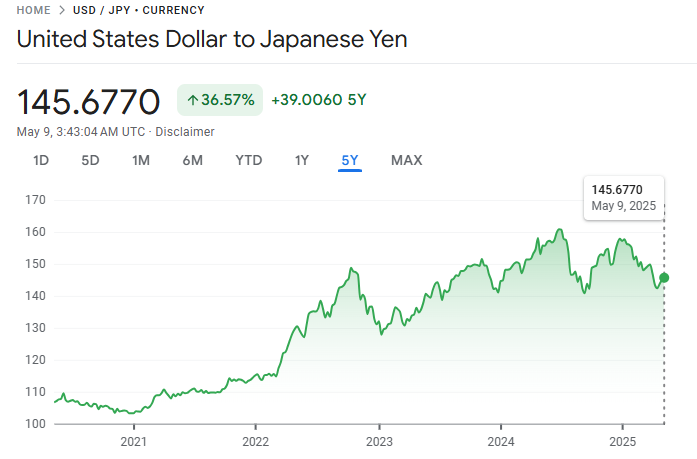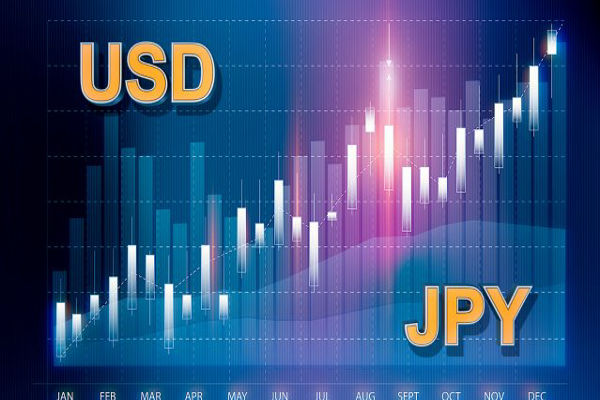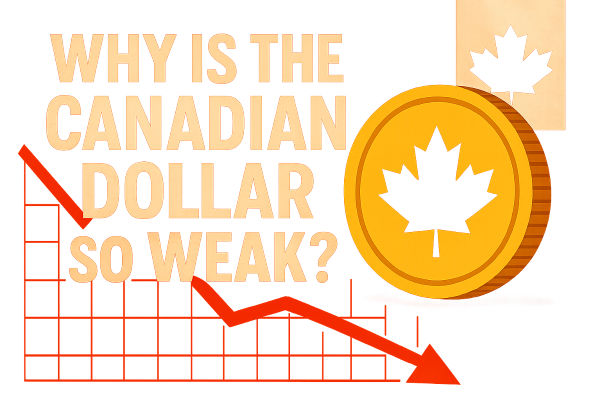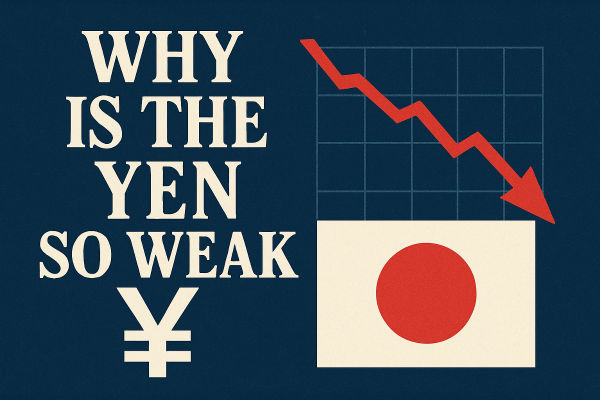As of May 2025, the USD/JPY exchange rate hovers around ¥145.74, reflecting a complex interplay of economic indicators, central bank policies, and geopolitical events.
This article delves into the factors influencing the USD/JPY pair and provides insights into its potential trajectory for the remainder of 2025 and beyond.
Current Dollar to Yen Exchange Rate Overview

The USD/JPY pair has experienced fluctuations in 2025, with the exchange rate dropping below ¥140 in April for the first time this year. This decline was attributed to market risk aversion and technical factors. However, the pair rebounded, reaching approximately ¥145.74 in May.
Historical Performance of USD/JPY (2020–2025)
Analysing the historical trajectory of the USD/JPY pair provides context for its current position and potential future movements:
2020: The pair began the year around ¥109.38, experiencing volatility due to the COVID-19 pandemic, and ended the year near ¥103.75.
2021: Economic recovery efforts saw the USD/JPY rise, closing the year at approximately ¥113.84.
2022: The dollar strengthened significantly against the yen, reaching a high of ¥147.16 in October, influenced by the Federal Reserve's rate hikes and the Bank of Japan's continued dovish stance.
2023: The exchange rate fluctuated, peaking at ¥149.88 in November, amid global economic uncertainties and central bank policy divergences.
2024: The pair reached a high of ¥157.90 in June, driven by persistent interest rate differentials and market sentiment favouring the dollar.
2025: Year-to-date, the USD/JPY has declined by approximately 7.33%, indicating a potential shift in market dynamics.
Factors Influencing USD/JPY in 2025
1. Interest Rate Differentials
The divergence in monetary policies between the U.S. Federal Reserve and the Bank of Japan (BOJ) significantly impacts the USD/JPY exchange rate.
While the Federal Reserve has maintained a cautious stance, refraining from immediate rate cuts, the BOJ continues its ultra-loose monetary policy. This disparity supports the dollar's strength against the yen.
2. Safe-Haven Dynamics
Historically, the yen has been regarded as a safe-haven currency. However, recent geopolitical tensions and economic uncertainties have prompted investors to reevaluate the yen's dependability as a safe haven.
A Reuters poll indicates that over 55% of FX strategists are concerned about the dollar's safe-haven status, up from around a third in April.
3. Economic Performance
The U.S. economy has shown signs of contraction, raising fears of a potential recession. Conversely, Japan's economy is experiencing modest growth, with GDP expected to reach ¥6,908.4 trillion in 2025, up from ¥6,721.0 trillion in 2024. This economic backdrop influences investor sentiment and currency valuations.
Dollar to Yen Forecast 2025 and Beyond

Market analysts offer varied projections for the USD/JPY pair, reflecting differing expectations about monetary policies, economic growth, and geopolitical developments:
Short-Term (2025):
May 2025: Average price of ¥147.26 between ¥144.94 and ¥149.05.
June 2025: Potential rise to ¥150.39, ranging from ¥147.38 to ¥152.89
July 2025: Expected average of ¥146.15, fluctuating between ¥142.04 and ¥151.84.
Some forecasts suggest the USD/JPY may experience modest appreciation soon, potentially reaching ¥149.86 within the next month, driven by current monetary policies and market sentiment.
Conversely, other analysts anticipate the yen's recovery, with the pair possibly declining to between ¥110 and ¥120 by the end of 2025, influenced by potential shifts in central bank policies and Japan's trade surplus.
Medium to Long-Term (2026–2030):
Projections vary, with some expecting the USD/JPY to reach approximately ¥133.67 by the end of 2025, and potentially rising to ¥173.51 by the end of 2029, depending on economic conditions and policy decisions.
Opportunities and Risks of Trading USD/JPY in 2025
| Factor |
Opportunity |
Risk |
| Interest Rate Gap |
Carry trades (buy USD, sell JPY) |
Sudden BOJ policy shift could reverse the trade |
| Technical Volatility |
Short-term breakout setups |
False signals in volatile sessions |
| Liquidity |
Low spreads and high trading volume |
Leverage misuse can amplify losses |
| Economic Divergence |
Trend-following based on macro outlook |
Policy missteps by Fed or BOJ |
| Safe-Haven Flows |
Risk-off sentiment can boost yen |
Sudden yen strength may catch traders off guard |
1. Interest Rate Divergence
The U.S. Federal Reserve has maintained relatively higher interest rates than the Bank of Japan, which still holds rates near zero.
This creates a carry trade opportunity, where investors borrow in yen (low-yield) to invest in dollars (higher-yield), potentially earning from interest differentials.
2. Technical Volatility Offers Short-Term Trading Setups
The USD/JPY pair has seen swings between ¥145 and ¥157 in the past year.
Traders can benefit from short-term momentum trades, particularly around central bank announcements, GDP releases, or employment data.
3. Strong Liquidity and Tight Spreads
4. Safe-Haven Sentiment Plays
5. Diverging Economic Outlooks
The U.S. economy shows mixed signals, with concerns over inflation and slowing growth.
Japan's modest GDP rebound and potential policy tightening give traders room to speculate on yen appreciation scenarios if BOJ pivots.
Risks to Know
1. BOJ Policy Surprise
2. U.S. Economic Weakness
3. Geopolitical Uncertainty
Events like U.S.-China tensions, Middle East conflicts, or energy shocks can drive sudden safe-haven demand for the yen, causing the pair to fall rapidly.
4. High Volatility
Although volatility can create opportunity, it also increases risk. For leveraged traders, even a small adverse move in USD/JPY can lead to significant losses if stop-loss orders aren't used properly.
5. Correlation with U.S. Bond Yields
Conclusion
In conclusion, the USD/JPY exchange rate is subject to many influencing factors, including central bank policies, economic performance, and geopolitical events.
While short-term forecasts suggest potential fluctuations, long-term projections vary due to potential surprises from the BOJ and evolving U.S. macroeconomic conditions. Therefore, risk management is critical.
Disclaimer: This material is for general information purposes only and is not intended as (and should not be considered to be) financial, investment or other advice on which reliance should be placed. No opinion given in the material constitutes a recommendation by EBC or the author that any particular investment, security, transaction or investment strategy is suitable for any specific person.




























